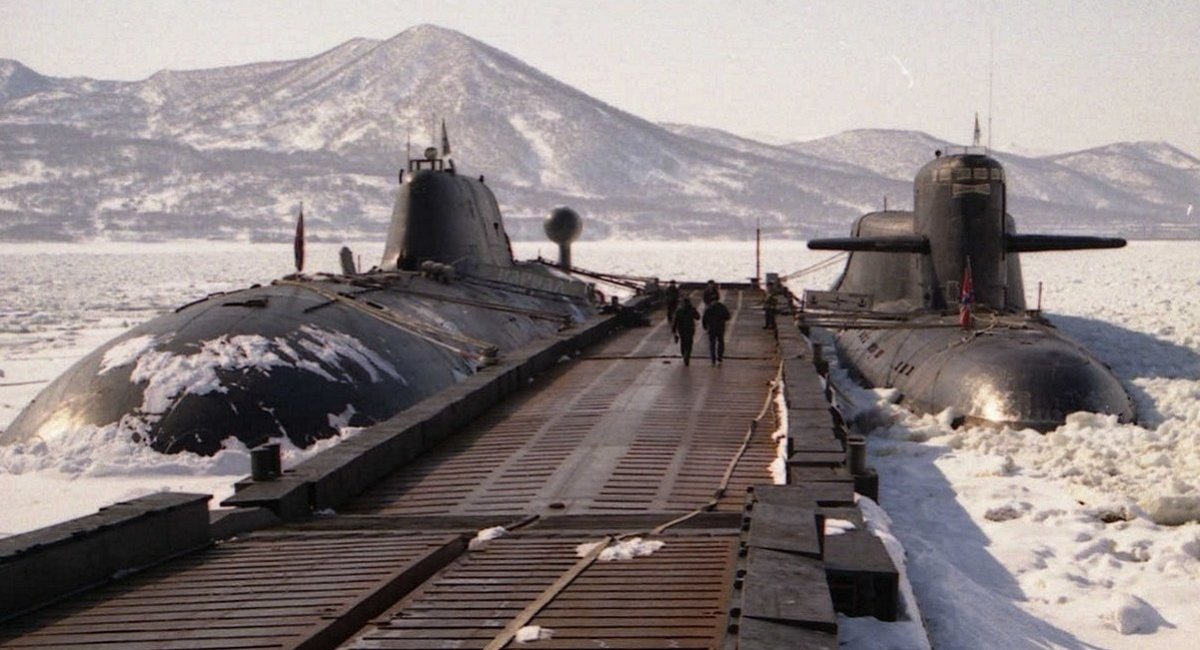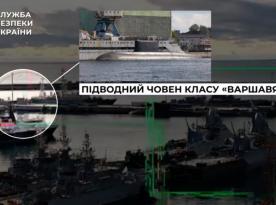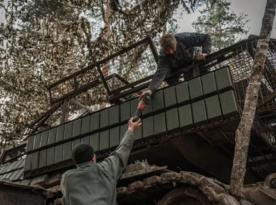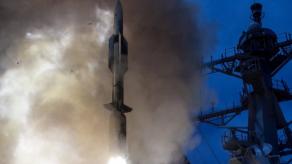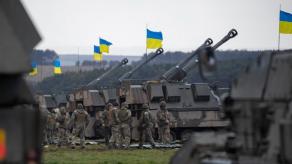According to The War Zone, the epicenter of the massive earthquake was unusually close to the russian Navy's Vilyuchinsk base, home to the 10th and 25th divisions of nuclear submarines under the Pacific Fleet. These units operate submarines capable of carrying nuclear-tipped intercontinental ballistic missiles.
Russian authorities officially downplayed the scale of the disaster, claiming there were no casualties or infrastructure damage. However, in reality, the tremors were strong enough to reportedly awaken the Klyuchevskoy volcano.
Read more: Explosions in russia Disable Central Asia-Center Gas Pipeline
Beyond Vilyuchinsk itself, other sensitive military infrastructure could have been affected, including a submarine repair plant and facilities for handling missile systems.
It remains unclear which submarines were docked at the base when the quake occurred. Importantly, Vilyuchinsk is used not only for actively deployed submarines but also those undergoing maintenance or decommissioning. This adds a layer of potential risk tied to the incident.
Immediate damage assessments are hindered by the lack of up-to-date satellite imagery. While the base was originally designed to withstand a nuclear strike, that doesn't rule out the possibility of damage from this natural disaster — particularly to aging infrastructure or vessels under repair.
As Defense Express points out, this situation is a reminder that some Western analysts still view russia's strategic capabilities through a Cold War lens. Historically, technical failures at russian military bases have occurred — such as a massive explosion in the 1980s involving hundreds of cruise and surface-to-air missiles at a Northern Fleet facility.
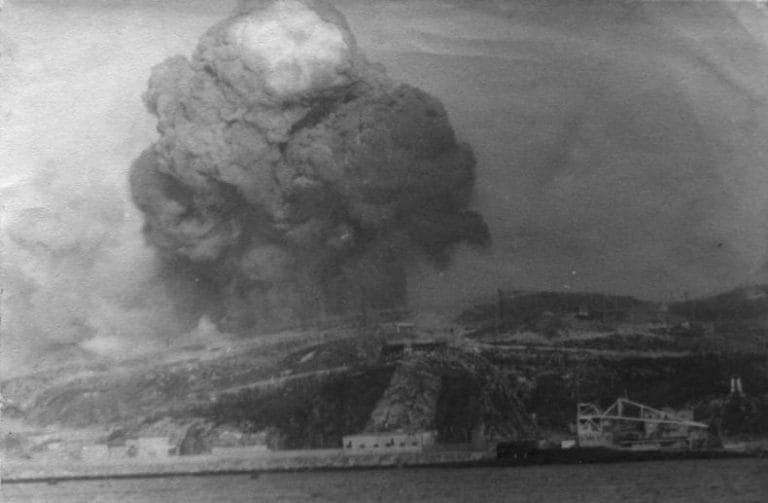
Updated: British newspaper The Telegraph has published a satellite image showing that the aforementioned earthquake damaged at least one of the piers in the bay near the village of Rybachy, though no submarines can be seen.

Read more: Ukraine's Unmanned Systems Forces Strike Key Rosneft Facility




